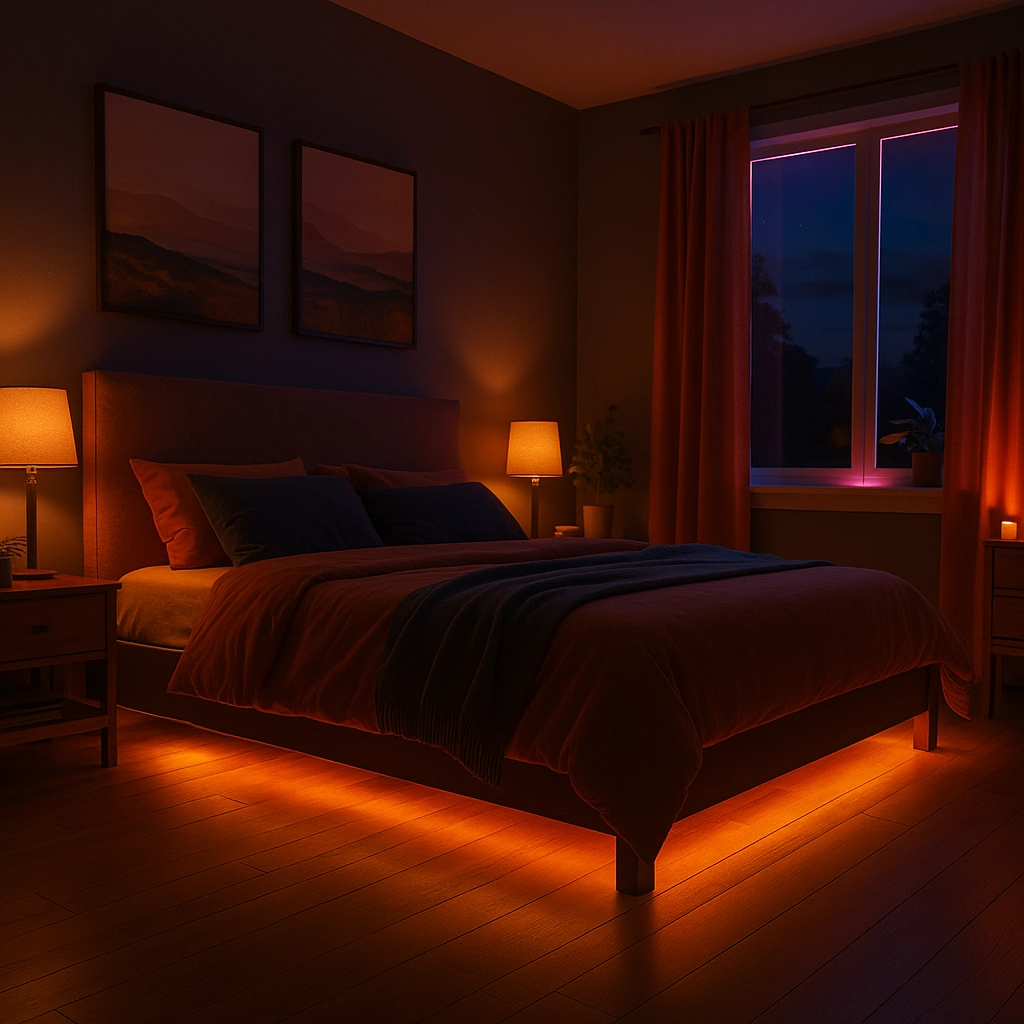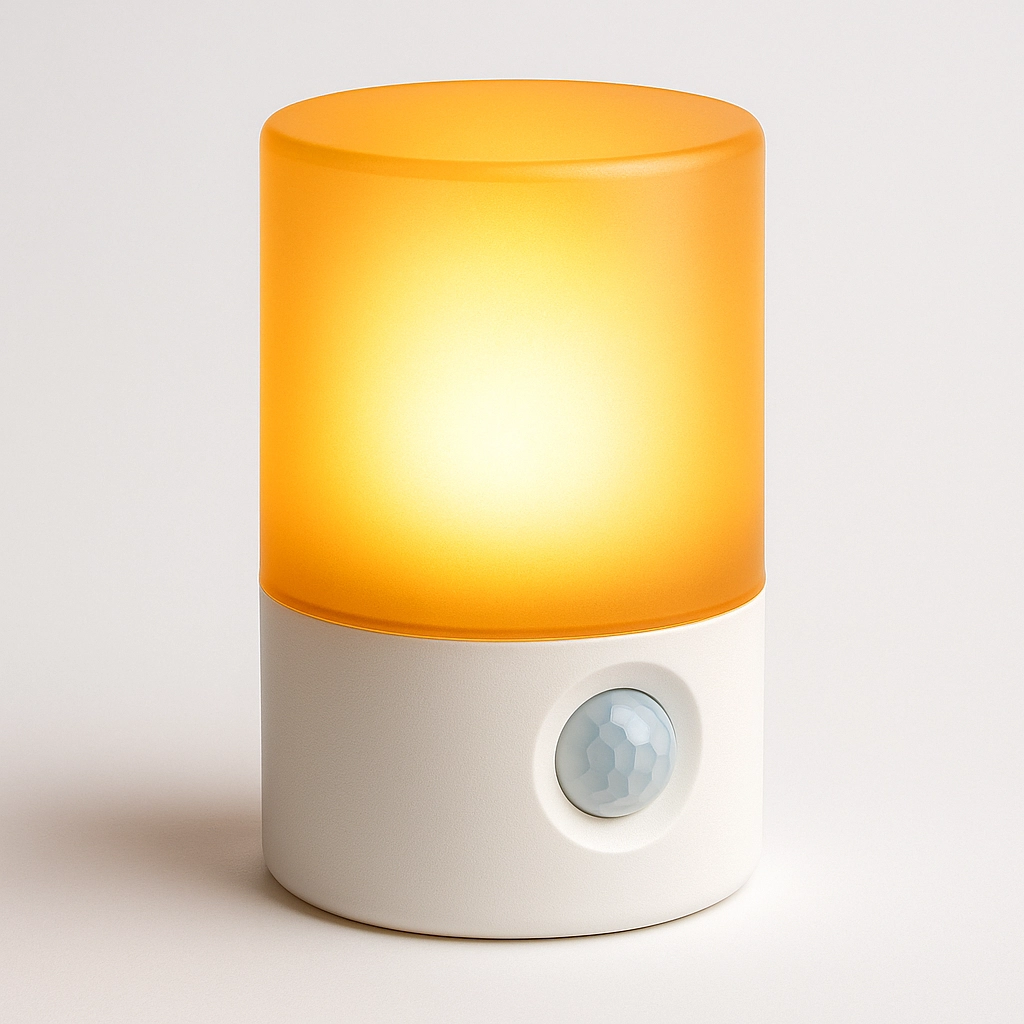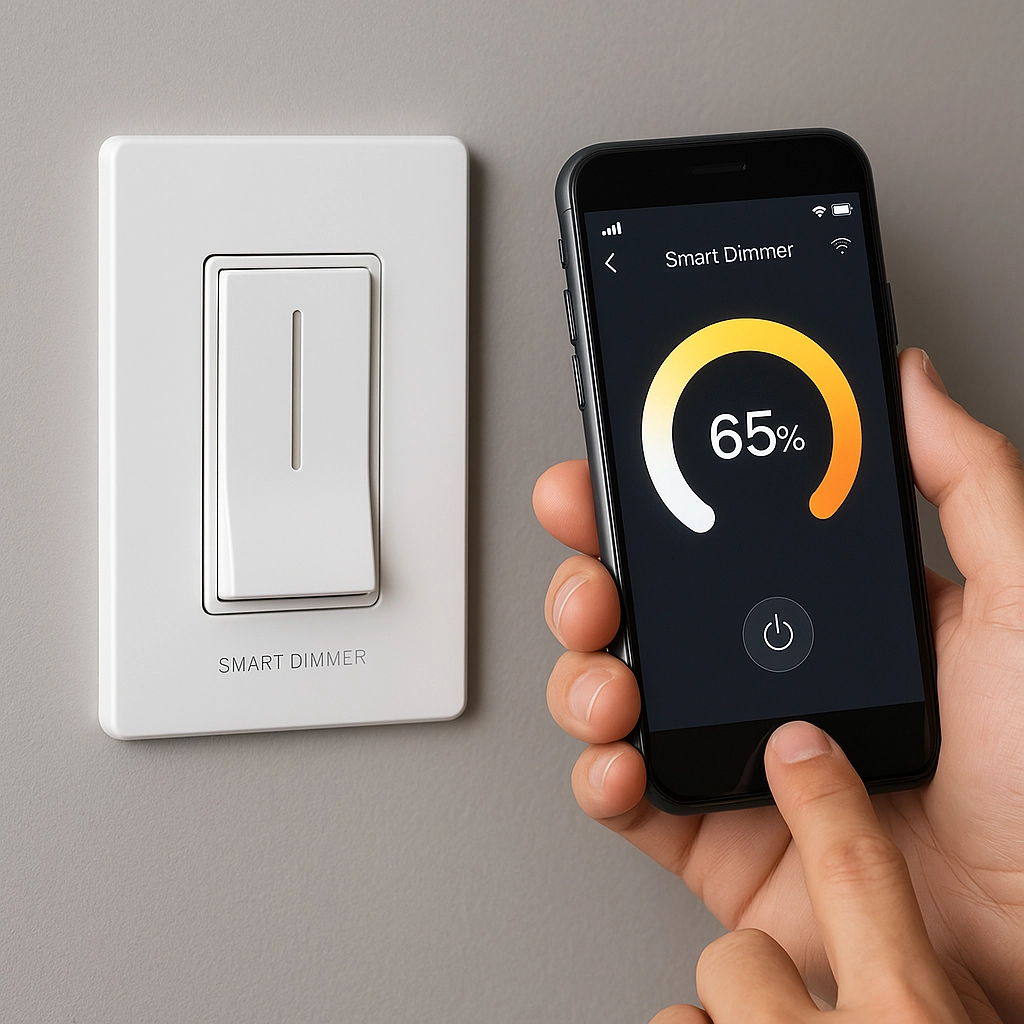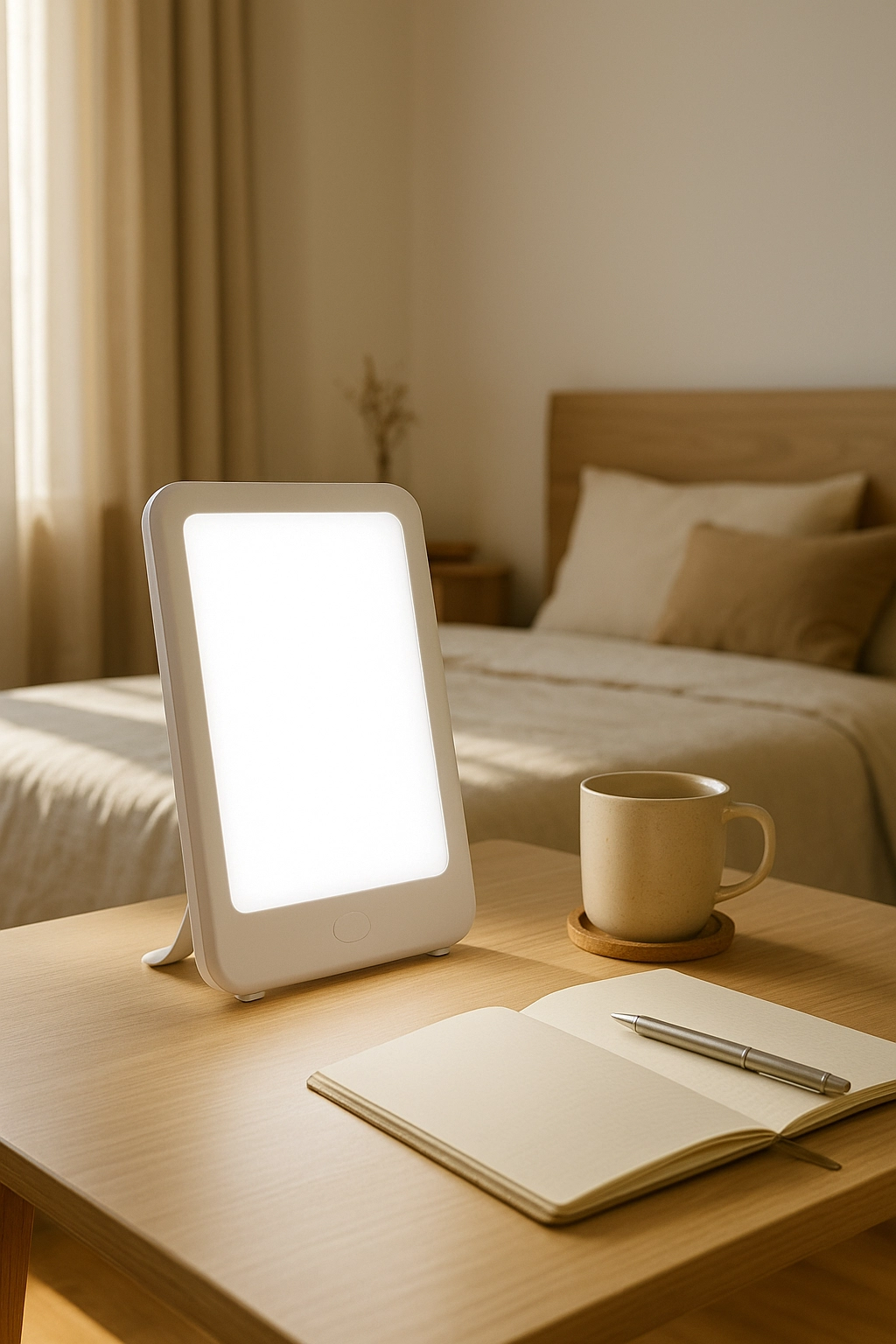
Struggling to fall asleep? Smart LED lighting can help you wind down naturally and support your body's melatonin production. Learn how the right bulbs, color temperatures, and timed routines turn your bedroom into a restful haven.
1. Why Light Affects Sleep
Light is the master regulator of our circadian clock. Exposure to bright, blue-rich light in the evening suppresses melatonin-the hormone that makes you feel sleepy-while dim, warm light signals to your brain that it's time to rest.
Even moderate indoor lighting after sunset can delay sleep onset, reduce REM sleep, and leave you feeling groggy in the morning. Controlling light exposure is one of the most powerful non-pharmaceutical ways to improve sleep quality.
2. Melatonin-Friendly Color Temperatures
Color temperature, measured in kelvins (K), determines how "cool" or "warm" a light appears. For evening use, aim for:
- 1800-2200K (deep amber/red): Best for pre-sleep rituals; virtually no blue light.
- 2200-2700K (warm white): Gentle glow for general bedroom lighting.
- 2700-3000K: Transitional tones for early evening; avoid later at night.
Some smart bulbs offer a "night mode" setting that automatically shifts to these warmer temperatures after sunset.
3. Bedroom Lighting Strategy
- Dim overheads: Install a smart dimmer to lower brightness to =10% after 9 PM.
- Bedside lamps: Use warm-tone bulbs with manual on/off-no harsh switches.
- Screen filters: Activate "night shift" on phones/computers or use clip-on amber filters.
- Motion-activated nightlights: Low-level amber LEDs for safe bathroom trips.
Consistency is key-try to keep light levels low and color warm for at least an hour before bed.
4. Morning Light Therapy
While evening dimming is crucial, bright light exposure in the morning helps reset your circadian clock. A light therapy panel (5,000-10,000 lux) used for 20-30 minutes within 1 hour of waking can:
- Suppress melatonin appropriately
- Boost alertness and mood for the day ahead
- Realign sleep timing for early risers or shift workers
5. Product & Setup Recommendations

Perfect for low-light bathroom trips. Emits warm 1800K glow and activates only on movement. Try: Vont Amber Sensor Lamp or Cliq Night LED.

Automate your evening wind-down. Set schedules to lower overhead LEDs to <10% at night. Options: Lutron Caseta, TP-Link Kasa Dimmer.

Morning wake-up boost. 10,000 lux intensity with adjustable angle. Recommended: Verilux HappyLight, NatureBright Dawn Simulator.
Setup Tips
- Place therapy panel at eye level, ~12-18 inches away.
- Mount bedside amber lamps within arm's reach for easy control.
- Combine dimmer schedules with your nightly routine (reading, meditation).
- Use blackout curtains in tandem to block external light sources.
More in the Health Zone
Frequently Asked Questions
Ask a Question
All questions are reviewed before publishing.
